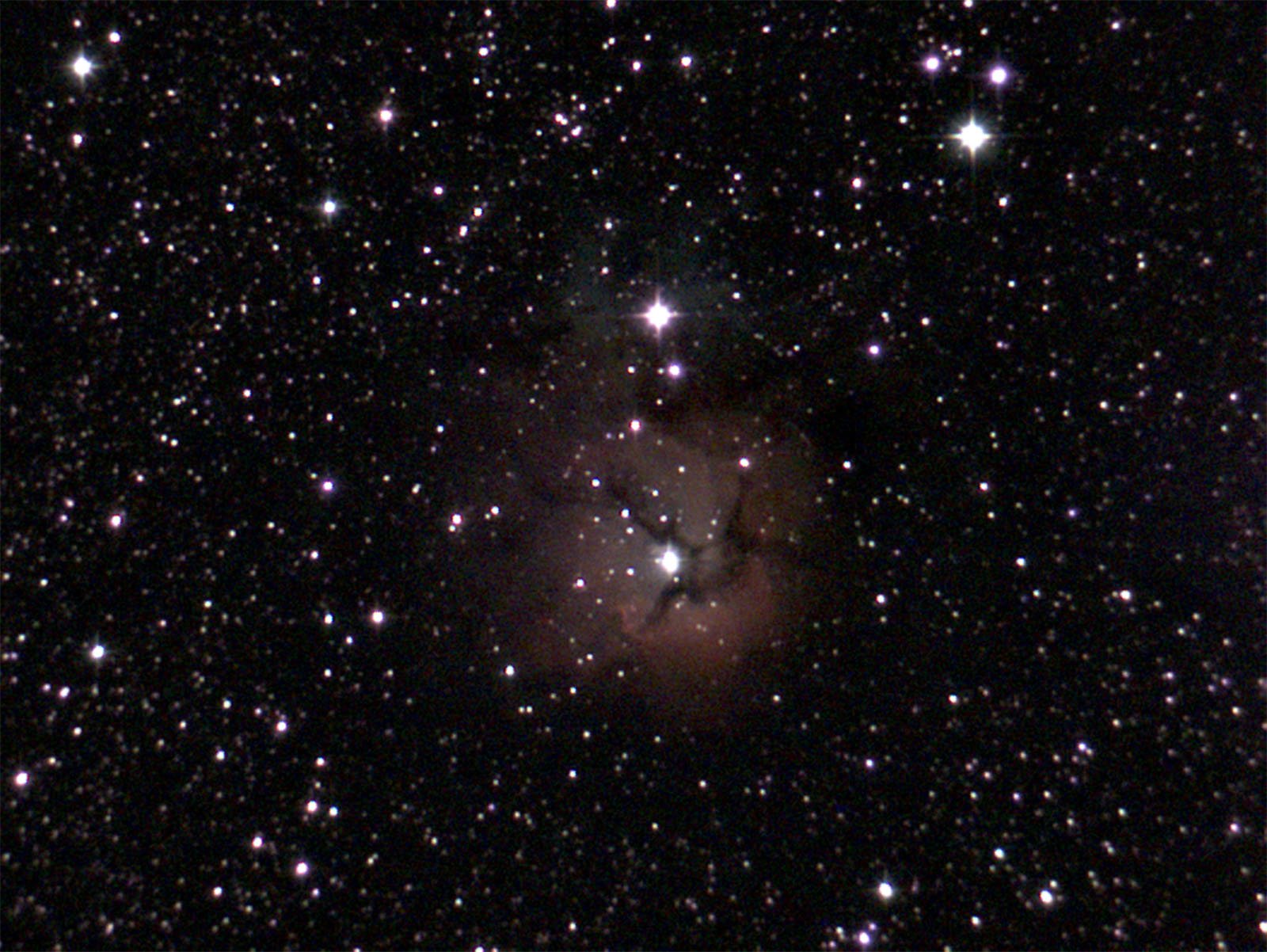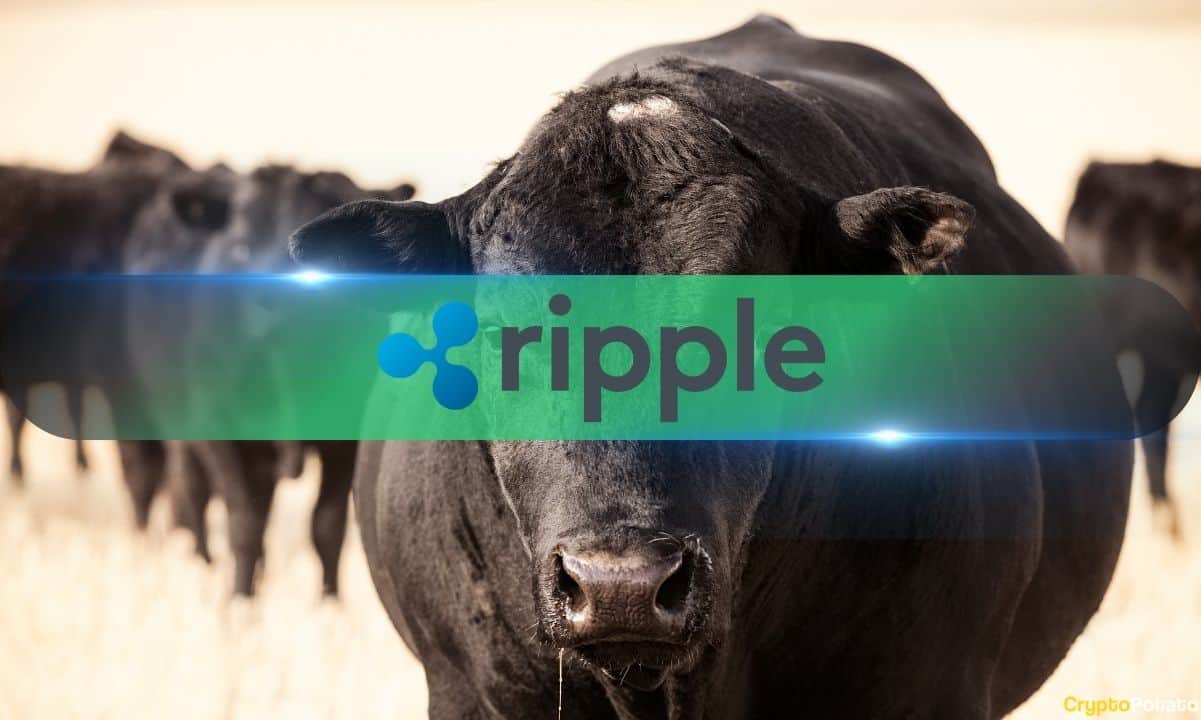![]()
In October, Unistellar will push an over-the-air update to all of its telescopes with Vivid Vision, a “pioneering” technology that can detect the authentic colors of space.
Unistellar makes easy-to-use “smart” telescopes that feature Nikon optics (Nikon furthered the partnership by investing in the company last year, too). Telescopes like the eVscope and the eQuinox are compact personal astronomical observation devices that are paired with smartphones and tablets to allow the average person to enjoy images of the night sky. The company has equipped its telescopes with an intelligent light pollution reduction technology that will enable them to be used in the city as well as out in less populated areas, too. For more advanced hobbyists, Unistellar also offers the higher-end Odyssey Pro smart telescope that improves image quality.
 Before Vivid Vision processing
Before Vivid Vision processingAll of Unistellar’s telescopes are set to receive the Vivid Vision update in October 2024 which promises two improvements to what they can capture. First, Unistellar says the telescopes will be better able to detect and reveal the hues of space. Second, it will gain the ability to perform “sophisticated image improvement operations.” Specifically, after a two-minute process, it will be able to reveal more nuanced colors of objects.
 After Vivid Vision processing
After Vivid Vision processingProcessing astronomical images is typically a full-time job. Last year, expert image processors Joe DePasquale and Alyssa Pagan at the Space Telescope Science Institute (STScI) in Baltimore, Maryland joined The PetaPixel Podcast to talk about how they start with raw image data from telescopes like Hubble and James Webb and convert them into the images that are shared by NASA and the European Space Agency.
Unistellar says that its algorithms can correct imperfections and enlarge each image, improving clarity and overall aesthetics. The company says the resulting photos will appear similar to what seasoned astrophotographers achieve with significantly more complex equipment and experience.
“Vivid Vision’s pioneering technology allows Unistellar telescopes to detect the authentic colors of space in the signal and reveal to users their shimmering variety, a dazzling spectrum previously hidden from view. Vivid Vision doesn’t simply enhance images; it transforms the way we experience the cosmos, offering an unparalleled vibrancy in celestial observations that surpasses anything available on the market,” the company claims.
“It allows users to explore the cosmos with a new level of luminosity and detail never matched by mainstream telescopes until now. The vibrant palette of distant galaxies, nebulae, and star clusters is now within reach, revealing the spectacular beauty of the cosmos like never before.”
The image processing system in Vivid Vision was trained thanks to the analysis and reprocessing of thousands of images captured by Unistellar users (of which the company says there are more than 25,000 globally).
Image credits: Unistellar


/cdn.vox-cdn.com/uploads/chorus_asset/file/24371439/236492_MacBook_Pro_16__2023__AKrales_0247.jpg)

:quality(85):upscale()/2024/09/09/791/n/49351773/91e1c31e66df37933d9bf8.44427956_.jpg)

 English (US) ·
English (US) ·